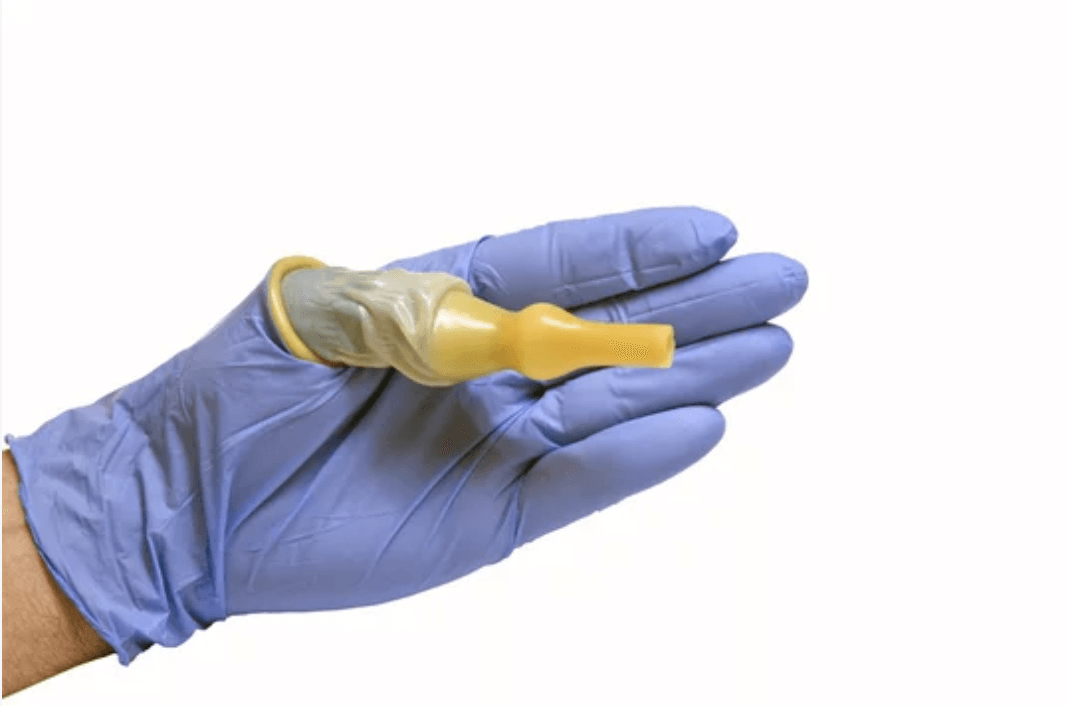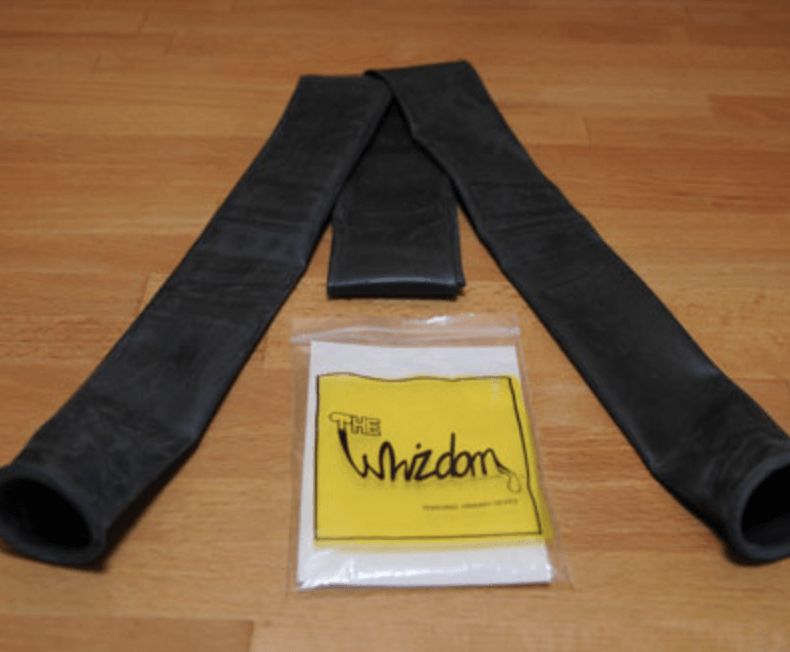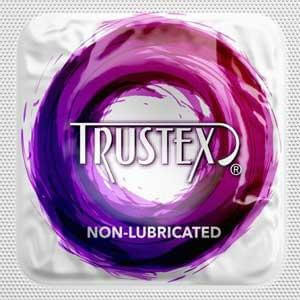Is incontinence causing you to consider wearing or creating a condom catheter or leading to problems in the bedroom? We all know to drain the main vein both before and after sex to flush out the urethra. But is pee sexy? Hmmm… it Depends. If you’re into golden showers or watersports it sure is, but otherwise urinary incontinence and can make sex a challenge for everyone involved.

Condom Catheters Explained
Are condom catheters really just regular ol’ condoms with some air hosing attached? Yes and no. Made from latex or silicone material, external catheters (a.k.a. Texas catheters) are worn on the penis in a similar way as you would with a regular condom. The condom material is non-lubricated and usually has an adhesive strip for security and safety against leaks, much like the Galactic Cap condom of recent headlines.

With an estimated 200 million people worldwide who require the assistance of a catheter, recent studies have been exploring the side effects of using condom catheters versus more difficult to administer and less comfortable internally worn catheters. The main culprit of health concerns from external catheters is the increased likelihood and frequency of urinary tract infections.
Causes of Incontinence
Vaginal:
Post-delivery, many women who give natural birth have difficulty with bladder control, especially during sexual activity. This is a result of damaged or weak pelvic floor muscles and with the help of a doctor it can be determined if this is a permanent or temporary affliction.
Mix this delightful new inability to hold in pee with the vaginal dryness experienced during breastfeeding and it can seem like you’re wet in all the wrong ways. Talk to your doctor about options like the internal Foley catheter, electronic bladder control devices, and exercises like kegels which can improve your bladder control in the bedroom.

The Whizdom is a long, condom-like latex tube used for discreet urination during music festivals, sports events, etc.
Penile:
Many issues with male incontinence are the result of one or more problems with the prostate gland. Read, “Probing the Prostate: Source of Pleasure and Problems,” for more information on these medical maladies.
Can You DIY a Condom Catheter?
My curiosity for the subject of condom catheters was first sparked by a conversation I had with a veteran who made his own catheters from Condom Depot‘s selection of non-lubricated condoms. So, apparently it is possible to make your own condom catheter from a Trustex Non-Lubricated Condoms (his personal preference).

Since I love to learn, I couldn’t help but to inquire as to his reasoning for making his own. His reply? “They fit better, don’t leak, and they’re cheaper.” Fair enough! Who knew that condom size and shape would be such a huge factor for comfort, even when used as a catheter?
Ordinarily, dry condoms are used by those who have an allergy to common lubricant ingredients, or for non-sexual purposes such as for protecting wireless microphone battery packs from shorting out from sweaty stage performers. DIY condom catheters are just another nifty use to add to list of alternative uses for condoms!
